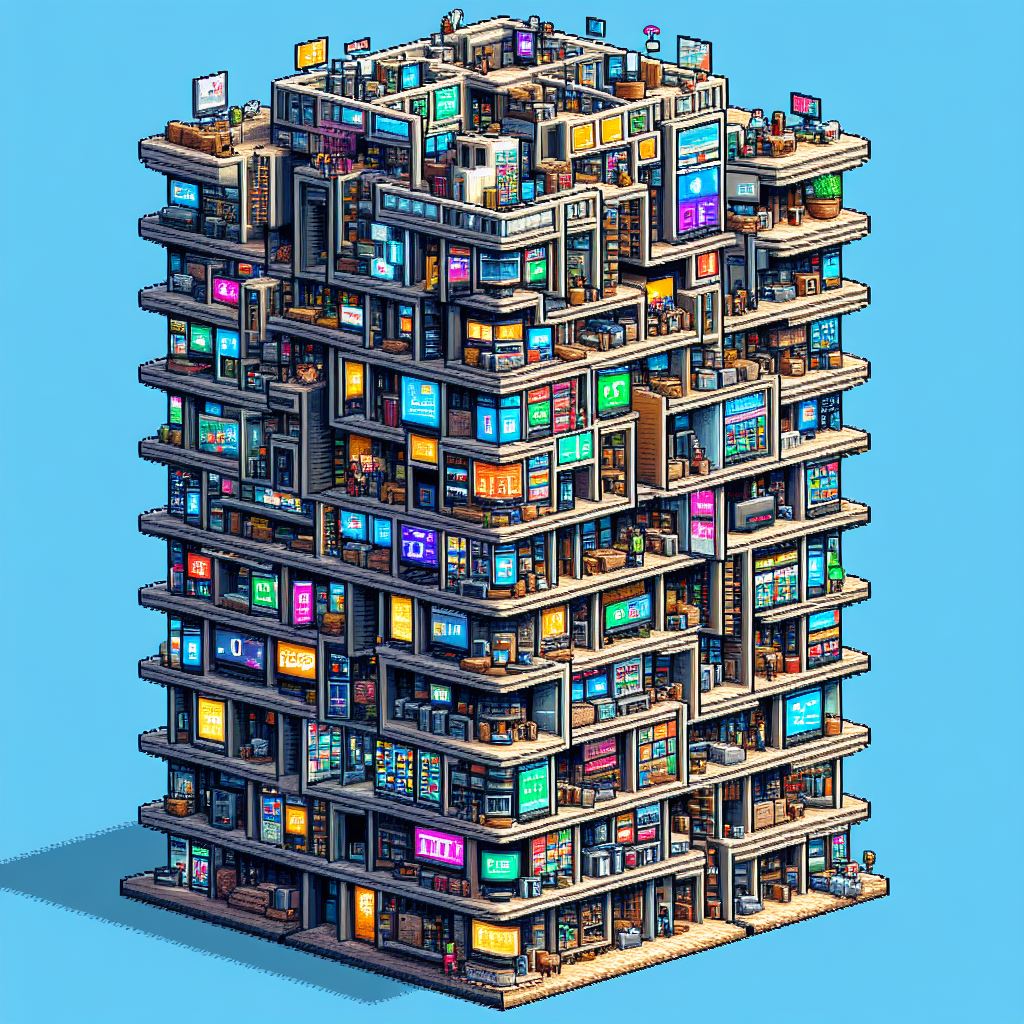When we were preparing to move into our current home, I took advantage of the renovations we were undertaking to lean into the smart home revolution, to build out a network of interconnected components that can be centrally controlled and programmed. That’s been the promise of WiFi-enabled home hardware for the past decade-plus: computerizing aspects of the home for automation, to enable both at-home convenience and remote monitoring.
I remember the Philips Hue light bulb—perhaps the first major mass-market product that carried the “smart home” moniker. It was certainly overpriced for the additional connectivity. Still, it helped establish the category of smart home devices, which subsequently exploded with cheaper hardware courtesy of smartphone R&D, along with the maturation of the 3 major voice assistants: Apple’s Siri/HomeKit, Google Assistant, and Amazon’s Alexa1. Phone apps did most of the heavy lifting in terms of initial setup and configuration, but at least there was an accessible voice interface for everyday device control.
These assistants were meant to serve as platforms for other smart devices, and for the most part, their development was focused on integrations with other manufacturers2. The reality is that there’s no single company that makes the entire breadth of home automation devices:
- Simple components like switches, plugs, light bulbs
- Home monitoring with cameras, doorbells, window sensors
- Televisions, speakers, ambient lighting, and light strips
- Kitchen appliances, fireplaces, thermostats
- Sprinkler controls, outdoor lights, moisture and temperature sensors
- Control hubs and voice assistant boxes
Granted, many of the hawked wares in this category—smart fridges and coffee makers come to mind—have no business being connected. But for those that can be programmed to work together or benefit from scheduling and remote access, each is stuck in its own Babel confines. Manufacturers generally build apps to support their hardware, and while they do enable initial setup and add questionable functionality3, it’s a struggle to get multiple devices to cross-communicate. Integration upwards to Google Assistant and Alexa is fairly basic4, so the primary solution is to cobble together a dozen apps, sign up for every manufacturer’s online account, and then manually configure basic functionality. In theory, the upcoming Matter standard and Thread networking protocol are meant to solve this interoperability problem; their repeated promises of “coming very soon” do not inspire much confidence.
Enter Home Assistant (HA).
It’s an open-source aggregator of smart home devices and systems, integrating with most of the hardware available and consolidating their control under a self-hosted service, accessible locally via a web or mobile interface5. It’s a combination of Yahoo Pipes and IFTTT, in that HA brute forces its way to connect with the wide breadth of manufacturer-specific APIs, and then allows for scripting and automation on top to apply a layer of programmability to disparate systems that otherwise would have no way to work with one another. Just the consistent interface and feature set—like figuring out when a sunset happens in your timezone—is a big win over poking at individual apps of dubious quality.
But the real advantage is local hosting, either through a RaspberryPi-esque box they sell or via your own hardware; I have mine installed as a Docker image running on the Synology NAS downstairs. Beyond circumventing the annoying—and data-privacy-concerning—need to sign up for random accounts, there’s the added benefit of local processing and low latencies. Running automated scripts and commands on your local network makes much more sense than round-tripping to some manufacturer’s servers via the internet6. Even for me programming simple triggers, using HA’s extensive logging and iterating quickly on the sequence of light switch toggles in their web interface felt…reasonable. At least, compared to poking at mobile apps one screen at a time, akin to development via editing PHP files on production.
Home Assistant also offers mobile apps, and it’s an instance where implementing the app as a mobile-friendly web view is the right technical call. Given that it’s an open-source project, the admin webapp is serviceable but hardly fancy; there’s no way that a native app could keep feature parity with the primary web interface, particularly with the web of integrations that HA supports and continuously adds. The additional personalizations available via dashboards and cards, via standard web tech, allow for all sorts of custom dashboards; it reminds me a bit of Windows UI utilities back in the day, where you could easily spend days or weeks tweaking and optimizing interfaces.
Maybe, just maybe, the aforementioned Matter standard along with Thread support will bring about a new wave of interoperable, wholly compatible smart home devices that work in harmony. Until then, the Babel that is the smart home landscape has Home Assistant as its Rosetta Stone.
Unfortunately, the latter 2 have endured layoffs in the past year, and their futures a bit shakier now than before.↩
That said, Google bought Nest and Amazon bought Ring, in part to bolster the device portfolio of their ecosystems.↩
How many LED strip lighting routines are too many?↩
Hardware that supports HomeKit is both pricier and cripplingly few in selection.↩
The founders also provide cloud access, including working with the above voice assistants, for a couple bucks a month.↩
Some of which might be overseas.↩



